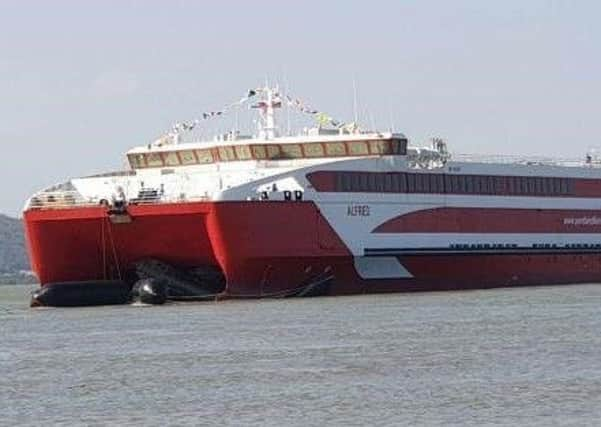Gazette Letters - Solving Calmac Capacity Problem


There is no doubt that the current CalMac fleet is not up to the job, partly due to increased traffic, following on the introduction of RET, of which I was the original architect.
The problem is, however, much more fundamental. CalMac’s larger open-water ships were designed with a ratio of passenger to car capacity of around 7 to 1 which calls for a large crew (typically 30) to handle evacuation in case of emergency.
Advertisement
Hide AdAdvertisement
Hide AdOn most routes, this excess passenger capacity is never used, which means that the ships are unnecessarily expensive to build and operate.
Costs are further increased by the outmoded labour intensive design of terminal used by these vessels.
In Norway, by comparison, the standard ferry passenger to car ratio is 3 to 1, which permits crewing to be reduced (typically 6 to 10) and berthing to be handled by one single on-board hand.
The Norwegian philosophy is simple ships and terminal operating frequently on short crossings.
Advertisement
Hide AdAdvertisement
Hide AdOne would expect the two new 130 car, 1,000 passenger vessels currently building at Ferguson Marine to be more cost effective, but their design actually exacerbates the problem.
The contracted build cost was to have been £47.5 million apiece, which now seems likely to rise to £70 million plus each.
What is worse, to accommodate them, these behemoths require terminals to be rebuilt at huge expense.
Meanwhile, a new 100 car, 450 passenger catamaran, 12 crew, 16 knot ferry Alfred has just been launched in Vietnam for Pentland Ferries which operates across the Pentland Firth.
Advertisement
Hide AdAdvertisement
Hide AdThe vessel cost is £14.5 million. It is particularly telling that Pentland Ferries has never received a penny of public money, yet carries the majority of passengers, cars and commercial vehicles across the rough Pentland Firth in the face of competition from NorthLink, who receive an estimated £10 million government annual subsidy for the route.
Furthermore, the Alfred has half the fuel consumption and half the CO2 emissions of the new CalMac vessels.
If the methods employed by the Norwegians or Pentland Ferries were adopted by CalMac/CMAL, the entire big ship fleet could be replaced for the cost of the two ships building at Fergusons.
Roy Pedersen
Inverness